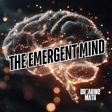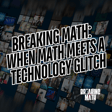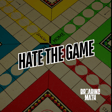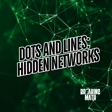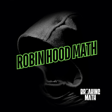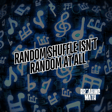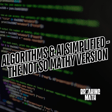
86. Math, Music, and Artificial Intelligence - Levi McClain Interview (Final Part)
Help Support The Podcast by clicking on the links below:
- Try out ZenCastr w/ 30% Discount Use my special link to save 30% off your first month of any Zencastr paid plan
- Patreon
- YouTube
Transcripts are available upon request. Email us at BreakingMathPodcast@gmail.com
Follow us on Social Media Pages (Linktree)
Visit our guest Levi McClain's Pages:
Summary
Levi McClean discusses various topics related to music, sound, and artificial intelligence. He explores what makes a sound scary, the intersection of art and technology, sonifying data, microtonal tuning, and the impact of using 31 notes per octave. Levi also talks about creating instruments for microtonal music and using unconventional techniques to make music. The conversation concludes with a discussion on understanding consonance and dissonance and the challenges of programming artificial intelligence to perceive sound like humans do.
Takeaways:
- The perception of scary sounds can be analyzed from different perspectives, including composition techniques, acoustic properties, neuroscience, and psychology.
- Approaching art and music with a technical mind can lead to unique and innovative creations.
- Sonifying data allows for the exploration of different ways to express information through sound.
- Microtonal tuning expands the possibilities of harmony and offers new avenues for musical expression.
- Creating instruments and using unconventional techniques can push the boundaries of traditional music-making.
- Understanding consonance and dissonance is a complex topic that varies across cultures and musical traditions.
- Programming artificial intelligence to understand consonance and dissonance requires a deeper understanding of human perception and cultural context.
Chapters
00:00 What Makes a Sound Scary
03:00 Approaching Art and Music with a Technical Mind
05:19 Sonifying Data and Turning it into Sound
08:39 Exploring Music with Microtonal Tuning
15:44 The Impact of Using 31 Notes per Octave
17:37 Why 31 Notes Instead of Any Other Arbitrary Number
19:53 Creating Instruments for Microtonal Music
21:25 Using Unconventional Techniques to Make Music
23:06 Closing Remarks and Questions
24:03 Understanding Consonance and Dissonance
25:25 Programming Artificial Intelligence to Understand Consonance and Dissonance




